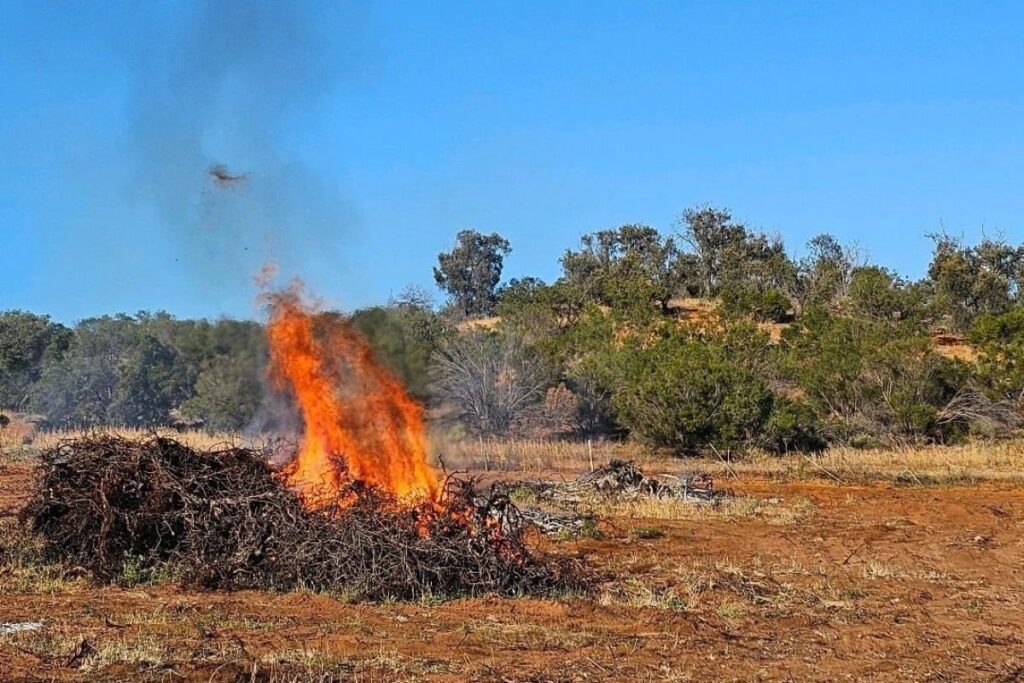Wine Over? Growers Rip Up Vines as Industry Faces a Future of Flat Demand
Mar 14, 2024 • 3 min read
The clinking of glasses and swirling of reds might seem like a timeless tradition, but the global wine industry is facing a hangover. A confluence of factors – from changing consumer tastes to rising production costs – is squeezing profits and forcing some winemakers to make a tough choice: rip out their vines or risk going bust.


This isn’t just a single vineyard’s bad year. Take Tony Townsend in Australia’s Riverland region, a major grape producer. Despite healthy vines, he recently tore out half his vineyard. Harvesting just wouldn’t be profitable. It’s a story echoing across the globe, from California to France.
So, what’s going on? A glut of wine is sloshing around, thanks to a perfect storm. Production boomed in recent years, while demand fizzled. People are drinking less, especially reds, opting instead for lighter options like rosé or white wines, or even skipping alcohol altogether. Gen Z, for instance, is fueling the non-alcoholic beverage boom.
On top of that, winemakers are facing a cost crunch. COVID-19 disruptions and the war in Ukraine have pushed up the price of everything from fertilizer to fuel. Climate change is raising insurance premiums too. These rising costs are squeezing margins in an industry with traditionally low profits.
The traditional model of planting for future generations isn’t helping. Grapevines can thrive for decades, making it hard to adapt quickly to changing markets. Unlike other crops, grapes can’t be easily switched to something else. It’s a long-term investment with a risky future.
The industry itself isn’t blameless either. Focusing on premium brands might have worked in the past, but today’s budget-conscious consumers are looking for value. Failing to cultivate new wine drinkers, especially younger generations, could leave a gaping hole in the market.
The situation is so dire that some governments are stepping in. France, now the world’s top wine producer, offered financial aid to farmers who uprooted vines. But even these measures seem like a drop in the barrel. Wineries are still struggling, and a quarter of Riverland growers plan to exit within the next few years.
For some, like Townsend, ripping out vines isn’t just about economics. It’s a chance to give back. He plans to replant his land with native flora, creating a haven for wildlife. While the future of wine may be uncertain, one thing’s for sure: the vineyards of yesteryear might soon be replaced by a different kind of harvest.



